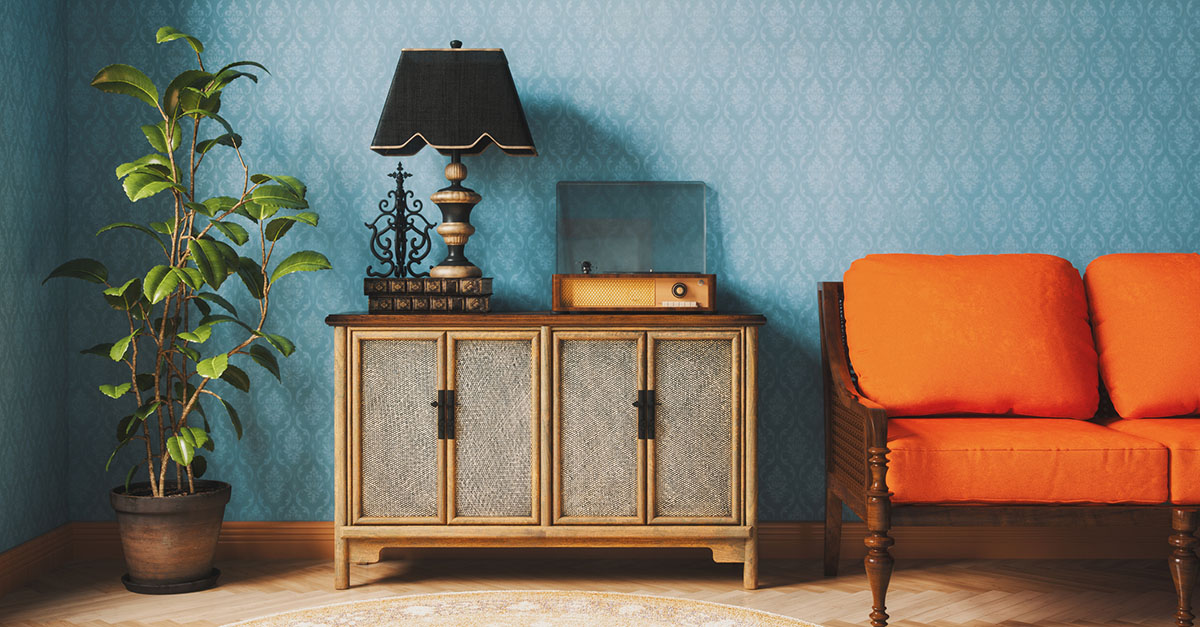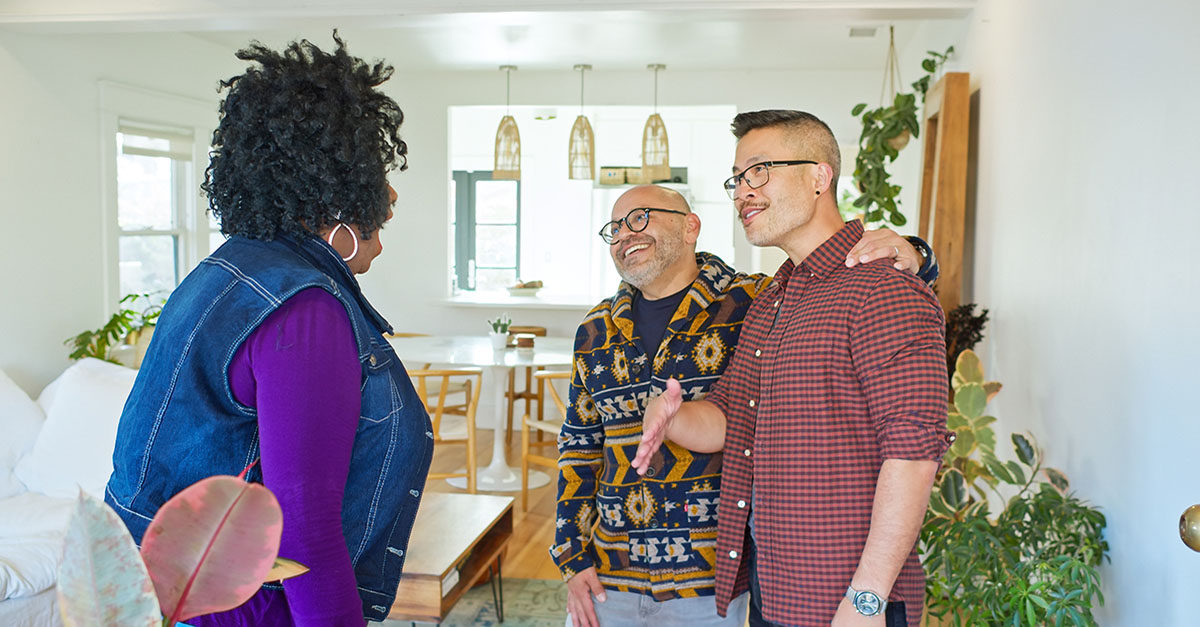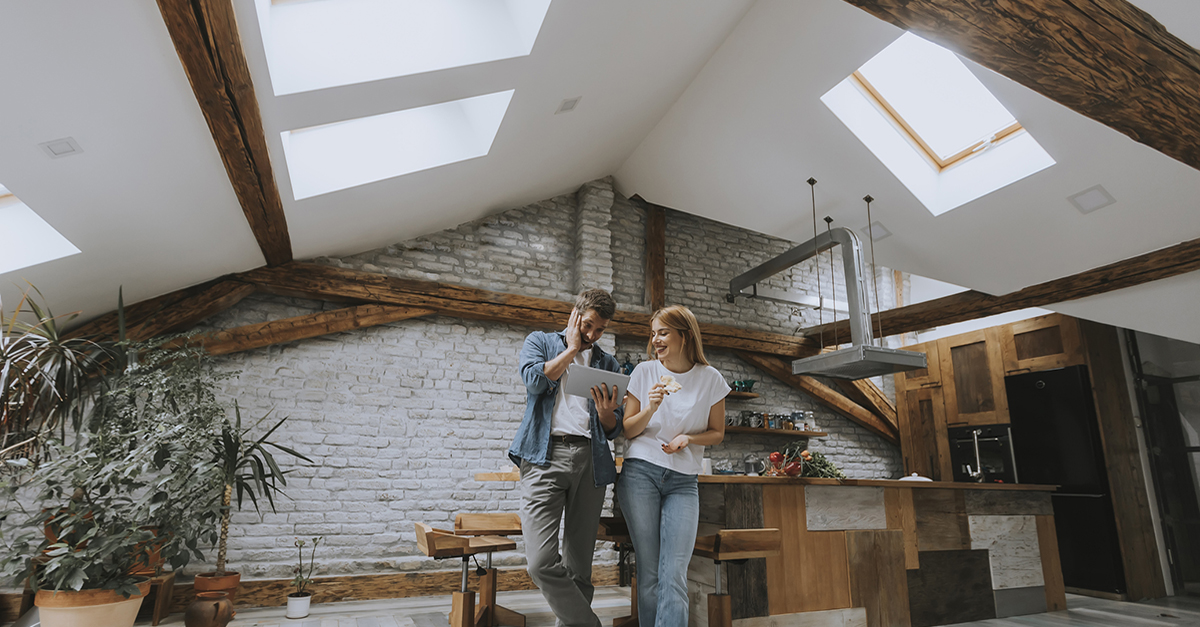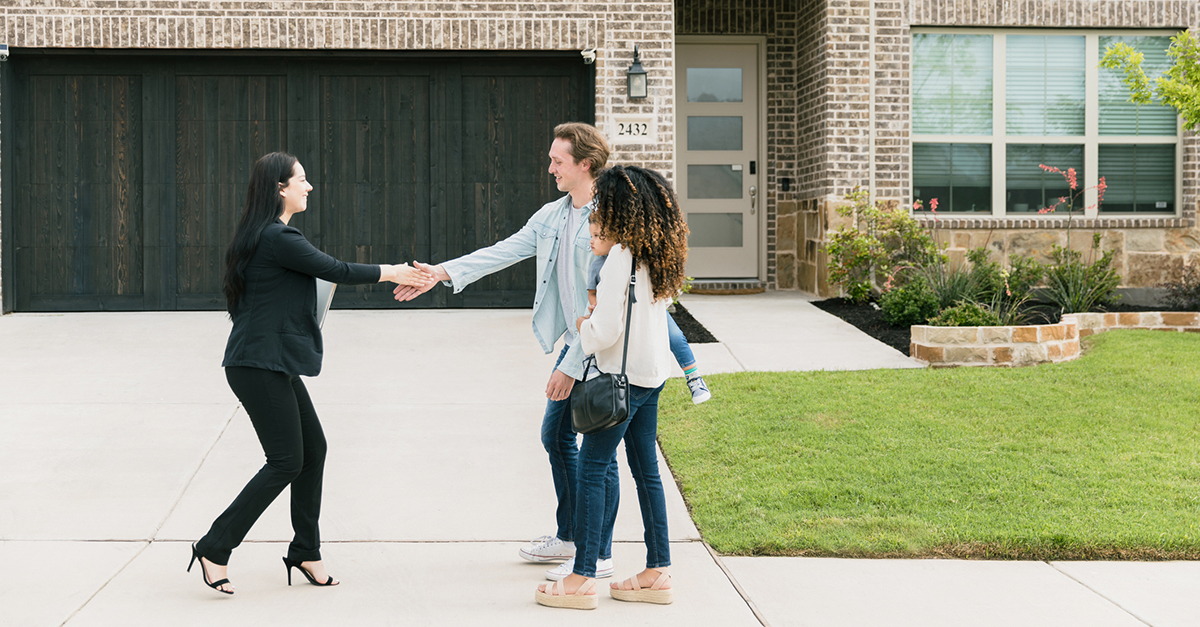Conversation Starters: How Nostalgic Home Trends Engage Buyers and Sellers
BY
Anywhere Integrated Services
.
July 16, 2024

As we journey through the delightful throwback home trends of yesteryears, we uncover more than just quirky design choices. Nostalgia, that powerful force, shapes our preferences and influences our decisions. For real estate agents, understanding these trends isn’t merely a trip down memory lane—it’s a strategic advantage. Here are three reasons why:
- Connecting with Clients - Imagine discussing potential homes with clients. Sharing stories about sunken living rooms, wood paneling, or those iconic avocado green appliances creates a personal bond. Nostalgic anecdotes build rapport and trust, making the home-buying process more meaningful.
- Staging Insights - Staging a home is an art form. Recognizing elements from the past allows agents to strategically incorporate them. A touch of brass fixtures or a well-placed shag rug can evoke positive emotions in potential buyers. Nostalgia becomes a powerful tool in creating an irresistible ambiance.
- Marketing Angle - Highlighting a property’s unique features—whether it’s the original wood paneling or the sunken living room—adds charm. Nostalgia sells! Agents can leverage these throwback trends as a marketing angle, appealing to buyers’ emotions and memories.
With that in mind, let’s take a trip down memory lane and explore ten throwback home trends that evoke nostalgia. From the 1960s-2000s, these trends were once all the rage and have left an indelible mark on interior design.
1. Avocado Green Appliances - Remember those avocado green refrigerators and stoves from the '70s? They were bold, funky, and unapologetically retro. Today, we might cringe a little, but back then, they were the epitome of cool.
2. Wood Paneling - Wood paneling was everywhere in the '60s and '70s. Whether it was in the den, the basement, or even the bedroom, those dark, grooved panels added warmth and texture. Accompanying Artwork: A cozy living room with wood-paneled walls, complete with a lava lamp and bean bag chair.
3. Shag Carpet - Oh, the shag carpet! Plush, thick, and delightfully soft underfoot. It came in vibrant colors like burnt orange, mustard yellow, and deep brown.
4. Popcorn Ceilings - Love them or hate them, popcorn ceilings were a staple in homes during the '80s. They provided acoustic insulation and a textured look. Accompanying Artwork: An abstract representation of a popcorn ceiling, emphasizing its unique texture.
5. Sunken Living Rooms - Step down into your sunken living room—a design trend from the '60s and '70s. These conversation pits were perfect for hosting guests and creating an intimate atmosphere.
6. Brass Fixtures - Brass was the go-to metal for faucets, light fixtures, and doorknobs. It’s warm, golden hue added elegance to any room.
7. Wallpaper Borders - Wallpaper borders were all about adding a decorative touch to plain walls. Floral patterns, geometric designs, and even teddy bears adorned the top edges of rooms.
8. Bean Bag Chairs - Nothing said “relaxation” like sinking into a bean bag chair. These oversized sacks of comfort were a staple in '70s and '80s bedrooms and playrooms.
9. Manipulating Paint for “Textured Walls” - In the transition from full-wallpapered walls to bare-wall freedom, we craved texture. We blotted paint using sea sponges, created little “x” patterns with our brushes, and even used stencils and stamps. Some even went as far as sandpapering walls for an “aged” look. Let’s just say, smooth walls are a blessing.
Whether you’re reminiscing about your childhood home or simply appreciating the kitschy charm of these trends, there’s something endearing about the way they shaped our memories.
---
This material is meant for general illustration and/or informational purposes only. Although the information has been gathered from sources believed to be reliable, no representation is made as to its accuracy. This material is not intended to be construed as legal, tax or investment advice. You are encouraged to consult your legal, tax or investment professional for specific advice.







